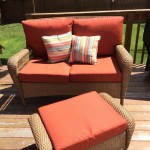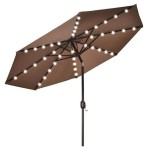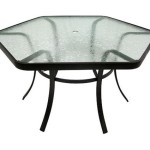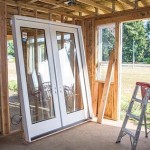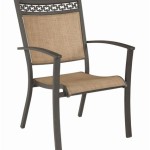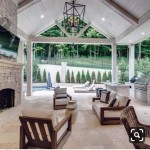Outdoor Patio Wind Blockers: Essential Aspects for Enhancing Your Outdoor Oasis
An outdoor patio is an extension of your living space, inviting you to relax, entertain, and enjoy the fresh air. However, strong winds can quickly transform your tranquil outdoor haven into an uncomfortable and chilly environment. Patio wind blockers provide an effective solution, shielding you and your guests from the discomfort of windy conditions, allowing you to fully appreciate the beauty of your outdoor space.
Choosing the right patio wind blocker involves considering several key aspects:
1. Material
Wind blockers are available in various materials, each offering unique advantages:
- Fabric: Fabric wind blockers, such as canvas or polyester, are lightweight and easy to install. They provide moderate wind protection and come in a range of colors and patterns to complement your patio decor.
- Wood: Wooden wind blockers offer a classic and durable option. They are heavier and require more effort to install, but they provide excellent wind protection and can be painted or stained to match your patio furniture.
- Metal: Metal wind blockers, such as aluminum or steel, are highly durable and provide maximum wind protection. They come in various styles, from sleek and modern to rustic and charming.
2. Height and Length
The height and length of your wind blocker will determine how effectively it shields your patio from the wind. Consider the direction of prevailing winds and measure the area you want to protect to choose the appropriate size.
3. Design
Patio wind blockers come in a variety of designs to suit different aesthetic preferences and space limitations:
- Freestanding: These wind blockers stand alone and can be easily moved or repositioned as needed.
- Attached: Attached wind blockers are fixed to a structure, such as a fence or wall, providing a more permanent and sturdy barrier.
- Roll-up: Roll-up wind blockers can be extended or retracted when needed, offering flexibility and convenience.
4. Maintenance
Different materials require varying degrees of maintenance to keep them looking their best and functioning effectively:
- Fabric: Fabric wind blockers may need to be washed or replaced periodically depending on usage and weather conditions.
- Wood: Wooden wind blockers require regular sealing or staining to protect them from moisture and fading.
- Metal: Metal wind blockers are relatively low-maintenance, but may need occasional cleaning to prevent rust.
Conclusion
By considering these essential aspects when selecting a patio wind blocker, you can create a comfortable and inviting outdoor oasis that is shielded from the elements. Whether you opt for a fabric, wood, or metal wind blocker, choose a material and design that complements your patio and provides the level of wind protection you need. With a well-chosen wind blocker, you can extend the enjoyment of your outdoor space and make it a tranquil and relaxing haven.

Clear Wind Blocker Patios Balconies Decks

Clear Wind Blocker Patios Balconies Decks

Clear Wind Blocker Patios Balconies Decks

Patio Sun Wind Screens Awnings Shade S Liberty

How To Windproof Your Outdoor Space

Clear Wind Blocker Patios Balconies Decks

Clear Wind Blocker Patios Balconies Decks

How To Windproof Your Outdoor Space

Eoy Your Patio All Year Long With Wind Blocking Shades By Beat The Heat
10 Tips On How To Block Wind Patio Windproof Your Outdoor Space
Related Posts

